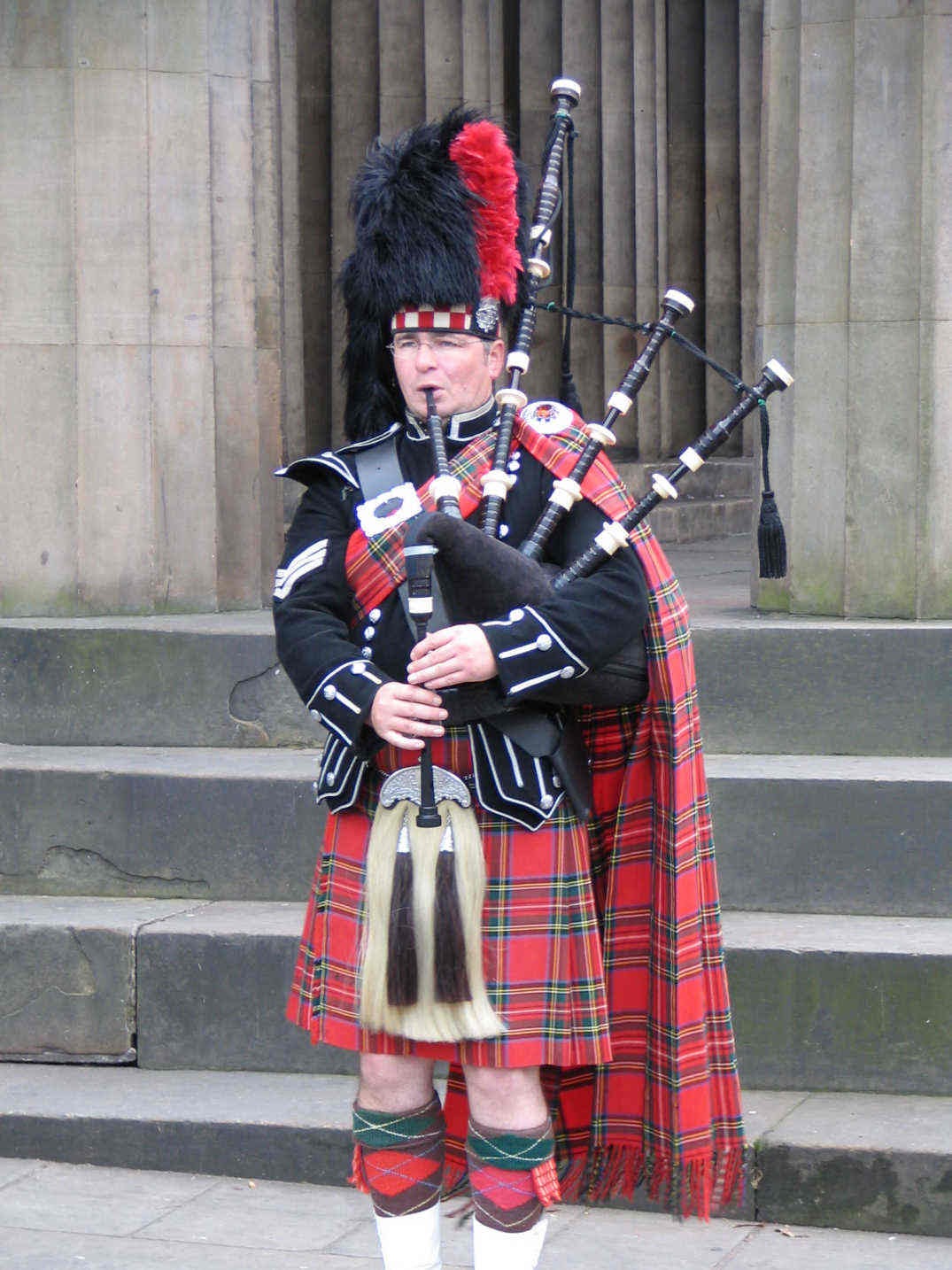MUSICAL CULTURE OF SCOTLAND AND IRELAND
THE GAELIC MUSIC
The Gaels are one of the Celtic peoples of Ireland, the Scottish Highlands, and the Isle of Man. The best-known type of Gaelic song is the ballad, or story song. Both Scottish and Irish ballads are often sung unaccompanied and in an ornamented style. Ornamentation is one of the most prominent features of both Scottish and Irish Gaelic music, and the best singers and instrumentalists are identified by their skill in applying just the right trills, grace notes, and bends. In the 1890s, Francis James Child collected five volumes of texts of Scottish and English ballads, and in the 1960s, Bertrand Bronson collected the tunes that went with them. Today these songs are called the "Child ballads," after their collector.

The Gaelic song tradition dates back to the Middle Ages. The Heroic Ballads were poetic stories about battles and great deeds, sung by Celtic minstrels. Most Gaelic poetry was intended to be sung, so it was preserved through oral tradition, and not written down. Because these ballads were not written down, many of them have been lost.
Lullabies and work songs have also been a part of Gaelic music making. Work songs were commonly sung to accompany tasks such as grinding corn, milking cows, and spinning.
"Mouth music" is a Scottish style of singing. Nonsense rhymes and meaningless syllables are sung to the music of instrumental dance tunes, such as reels. When this is done very quickly, it is quite entertaining. An Irish form of mouth music is called "lilting" or "dydeling."INSTRUMENTAL MUSIC
Bagpipes are considered the primary national instrument. Scottish pipes have a nine-note chanter, two tenor drones and a bass drone. The chanter is the recorder-like part of the instrument with nine holes fingered by the bagpipe player. A drone is a pipe that plays one continuous note.Irish bagpipes, called uilleann pipes, are smaller and quieter than Scottish pipes and can be enjoyed indoors. The chanter on modern Irish pipes has a range of two octaves.

The fiddle is an important element in Scottish folk music. Scottish fiddling is a famous tradition. The Scottish fiddle’s repertoire includes dance tunes, such as reels, jigs, and waltzes, as well as music for listening. Irish fiddling has a wide variety of styles that vary from county to county. The fiddle is a mainstay of every Irish band that plays for dances.
Both the Scots and the Irish play harps. These harps have strings made of either wire or nylon. They were once made of gut, or cord made from animal intestines.
Accordions and concertinas are common in both Scottish and Irish music, as well. Other Irish instruments are whistles, flutes, and drums. The Irish tin whistle, also called a pennywhistle, is a diatonic instrument that is designed to play in one key, such as C or D. The Irish flute is made of wood and has open holes and sometimes a couple of metal keys. This flute is often a featured instrument in Irish traditional music.
The Irish bodhrán is a low-toned frame drum held by a cross frame and played with a small double-ended stick. The bodhrán is commonly played in dance bands with fiddles, guitars, mandolins, whistles or flutes, and concertinas
